
Invented in Germany during 1796, this method is based on the natural repulsion between oil and water. Initial image is drawn with greasy ink or a crayon on the flattened surface of a slab of particular kind of limestone.
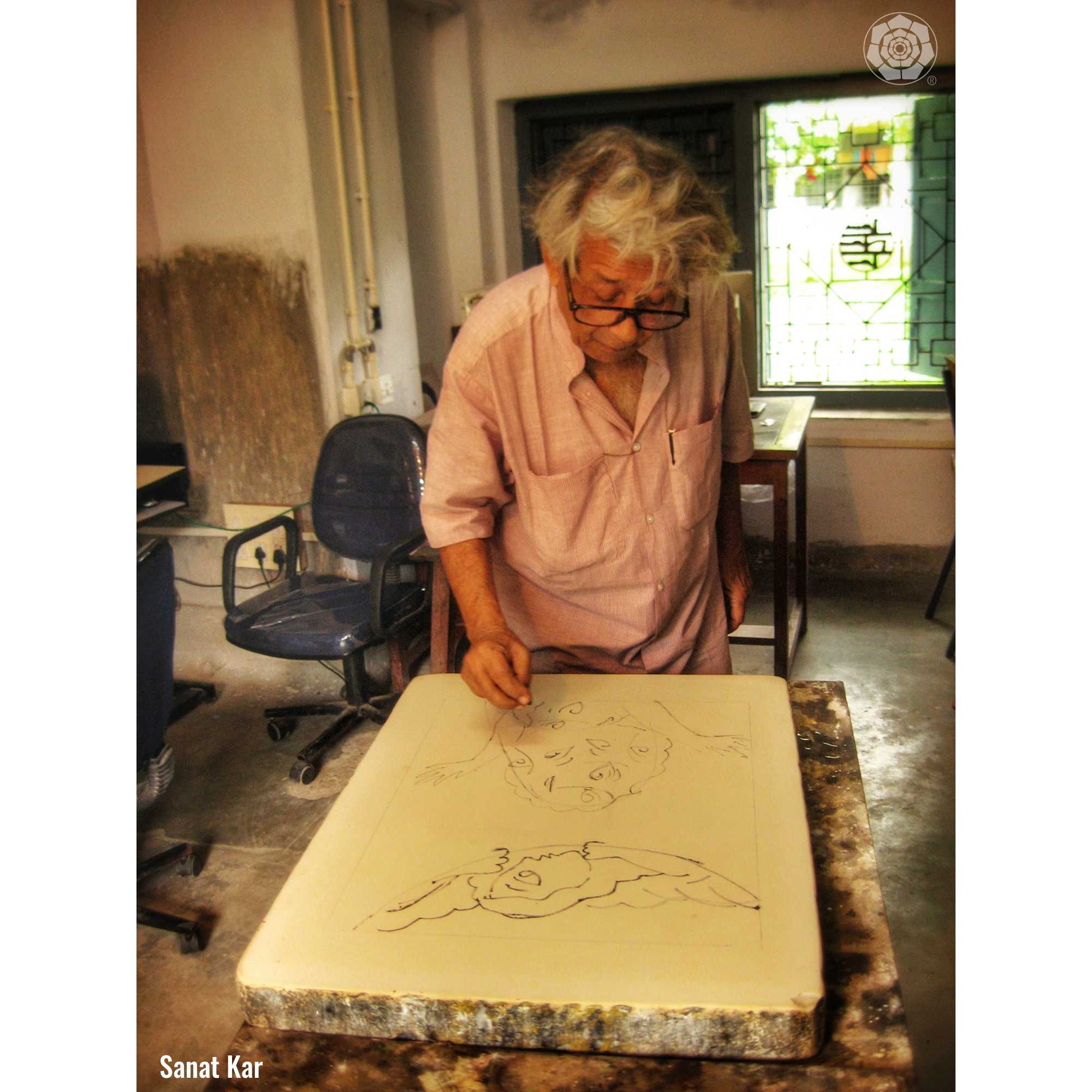
Limestone Slab
The top layer of its surface absorbs and retains the grease. While printing, the surface is dampened.
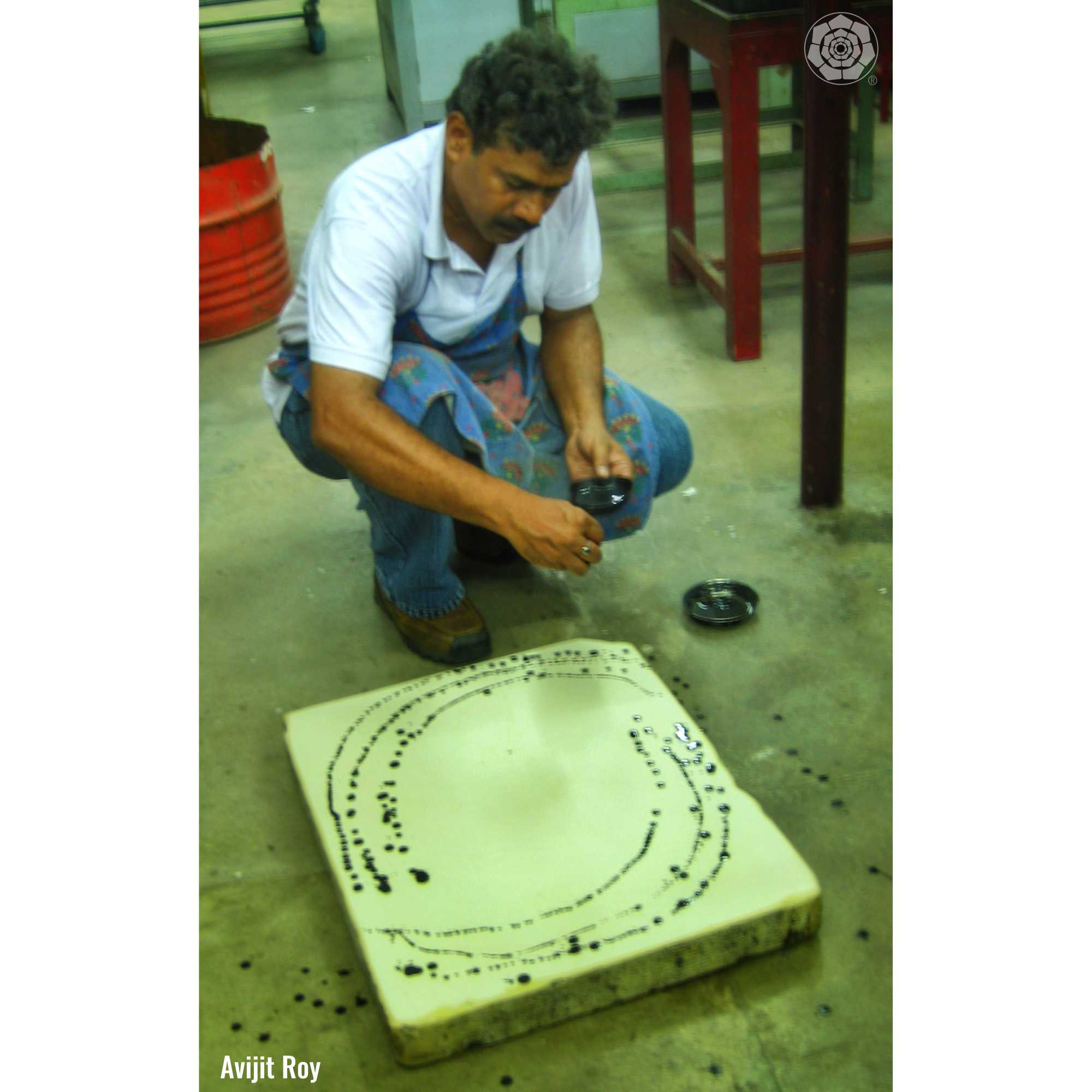
The greasy areas of the image repel water and only the remaining surface become damp.

The dampened areas in turn, repel the oily ink that is rolled over the image.

Under heavy pressure from a printing press, the inked image is then impressed on a paper. Image printed with this method also gets reversed – from left to right.

Unlike the other three methods, in lithography the surface of the stone remains plane, there by, the more accurate label for this method is ‘PLANOGRAPHIC‘.

New materials, such as thin metal plate and plastic sheet have more or less replaced the limestone now, especially at the industrial level. However, many printmakers prefer to work on the litho slabs. Unfortunately, this stone is not excavated any more. And, as they have become ‘collector items’ the old ones are disappearing.
Compared to the other three methods Lithography is more direct. Although the printed image is reversed, it retains most of the original characters of the artist’s drawing. This is mainly because instead of the sharp and hard tools such as knives, needles, burins etc., an artist draws directly on the matrix with a pen, brush, crayon and similar implements employed for drawing on a paper. There are methods by which the problem of reversed image is also tackled. Instead of working directly on the matrix, the image can be drawn on a special ‘Transfer Paper’.

When this is imprinted on the matrix it gets reversed. And, finally, when the image is printed on a paper form the matrix, it is reversed again.

This way, the final print would match the one that was drawn on the transfer paper.

Until the 1980s many Urdu newspapers were printed using this method. Thin metal sheet matrices were prepared by imprinting the matter written on transfer paper. This method is necessary when the printed image shows written words, a portrait, or a symbol like ‘Swastika’, because their correct, left or right position has special significance.
Most of the printing at the industrial level is now done with similar method known as ‘Photo Offset Lithography’.
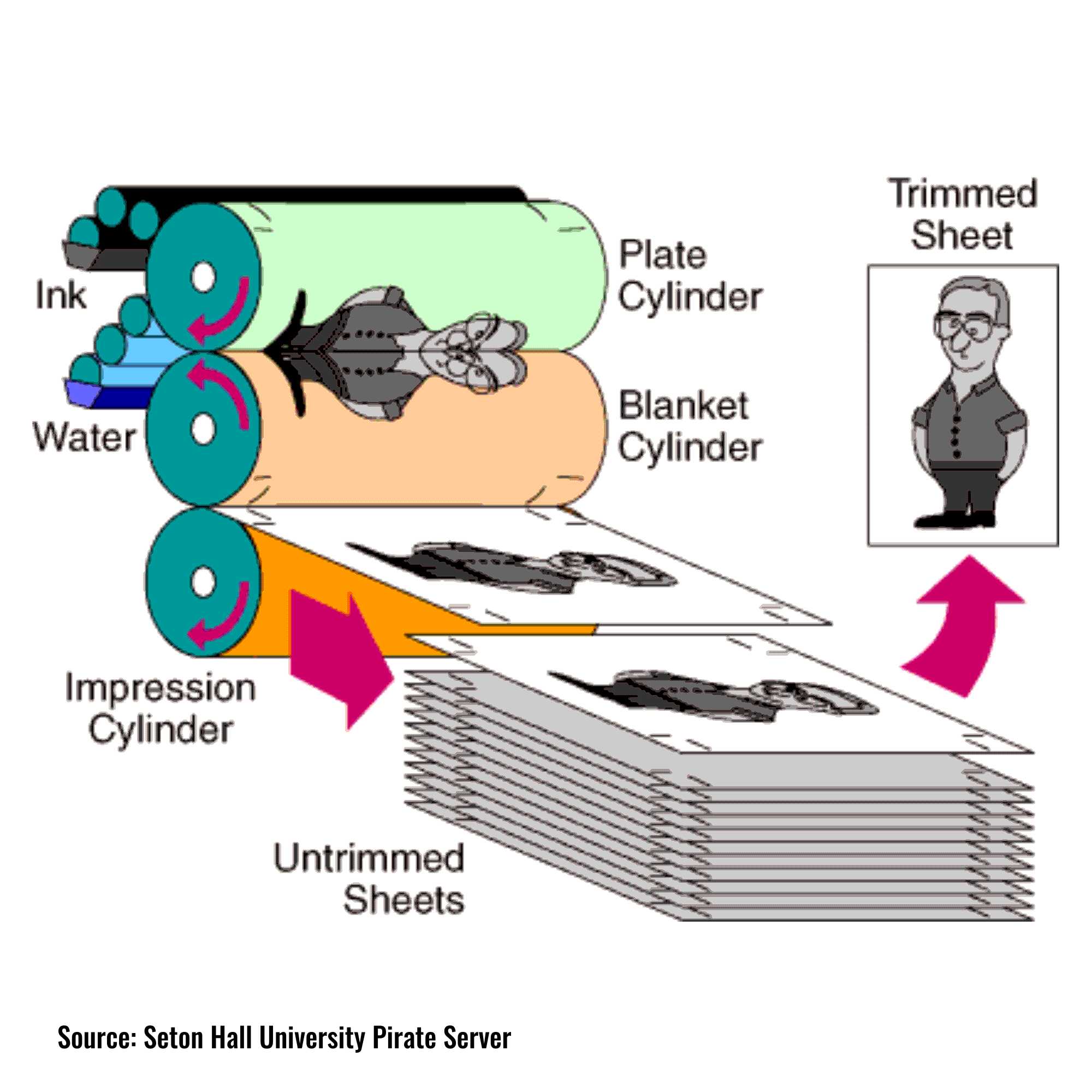
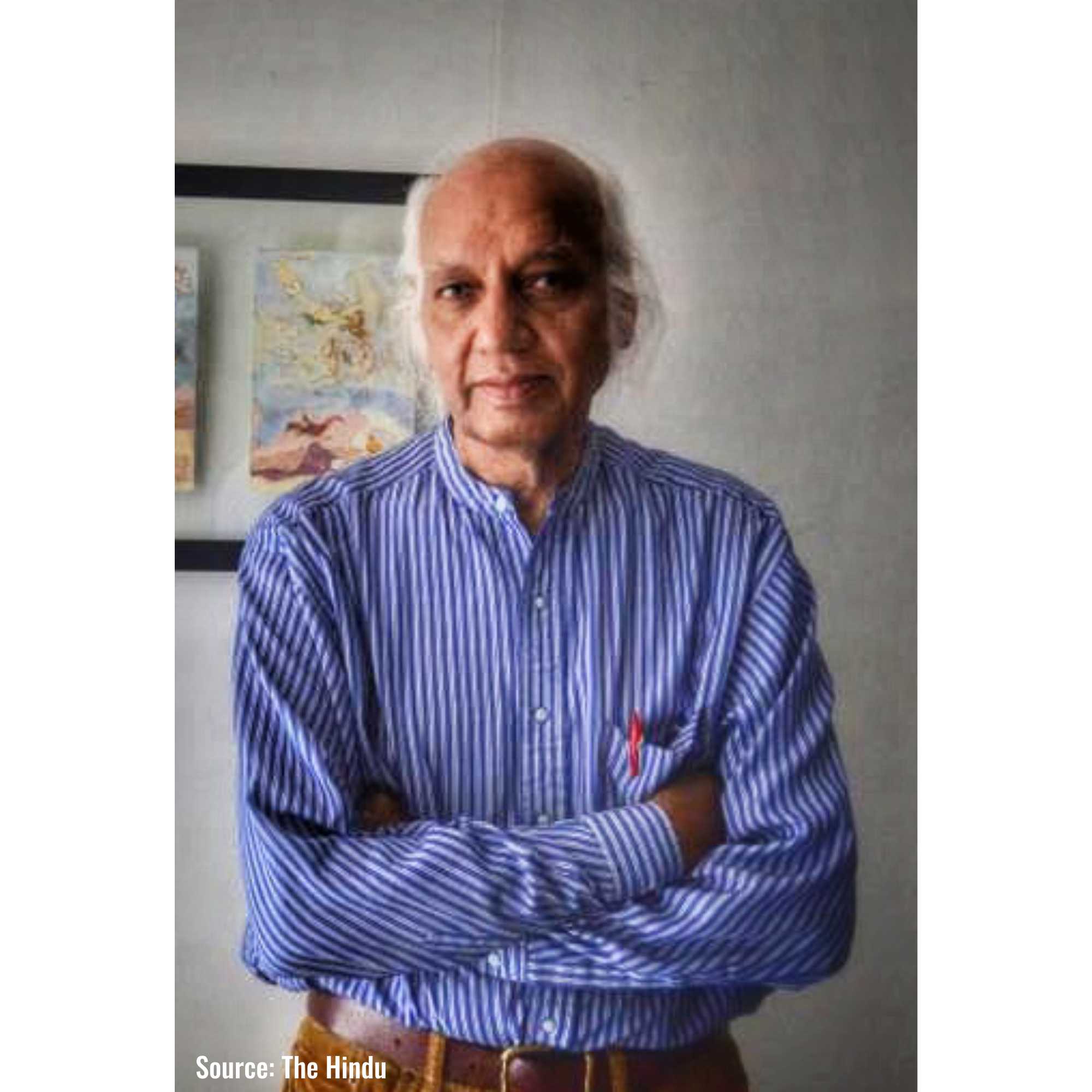
Dr Devraj
The image is transferred photographically on the matrix. At an industrial level, photo offset has now replaced letterpress and photogravure methods. Almost all newspapers, magazines, books, pamphlets, posters etc. are printed with this method. Somanath Hore, D. Devraj and Nagraj have made many prints in this method.
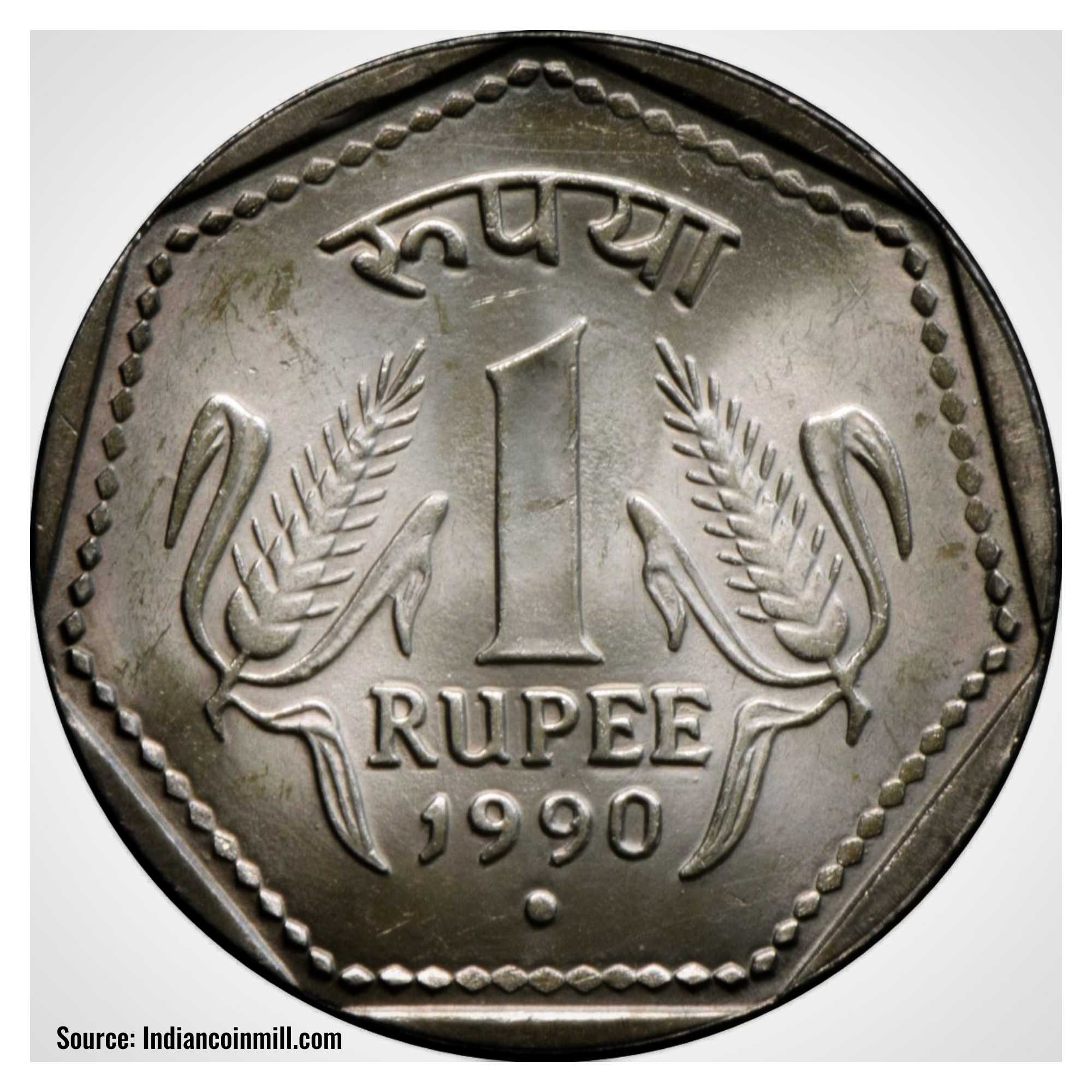
Indian Rupee Coin
Modern artists have often mixed mediums and techniques from various disciplines for providing necessary edge to their visual expressions. Printmakers also have pursued this to some extend. Apart from mixing the mediums a few also adopted uncommon medium such as ‘RUBBING’.
We all have tried this method during our childhood by putting a coin under a paper and then rubbing pencil over it.
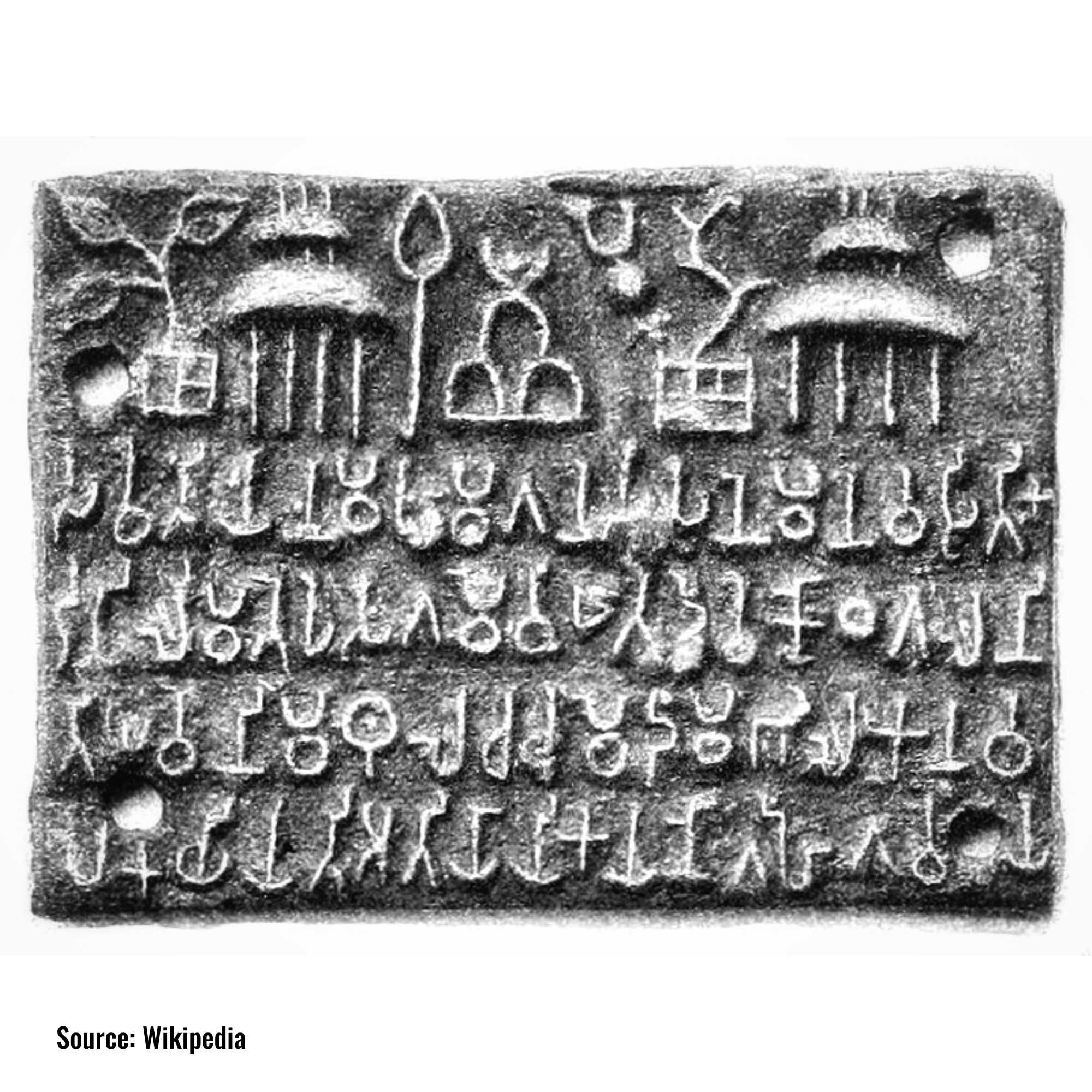
This has been practiced for a long time by archeologists for making impressions directly from historical inscriptions –such as ‘Tamra Patras’– carved on metal, or from ‘Shila Lekhs’ carved on stones.
Soft damp paper is put over the inscription and a crayon or ink is rubbed on the backside. This way, the original precious images do not get spoiled by ink and do not get reversed. Excluding a few, printmakers have not even tried their hands on this medium.
Bhupendra Karia was the only Indian who had made some rubbing impressions from ‘Palias’ (memorial stones).
Disclaimer
In this blog, I have tried to share my personal experiences and knowledge gained over the years talking to and understanding artists, collectors, buyers, students and most importantly people who don’t have much interest in art and the watercolour medium. All of them have given me a different perspective in understanding this wonderful medium. It can be a quick guide for a students, novice collector or buyer who wants to start collecting watercolour artworks.


